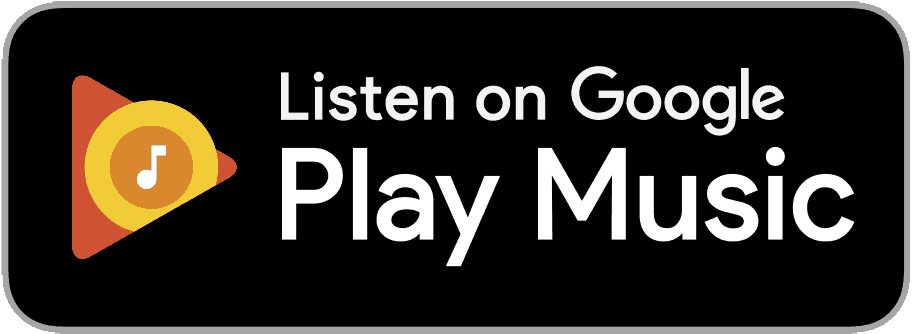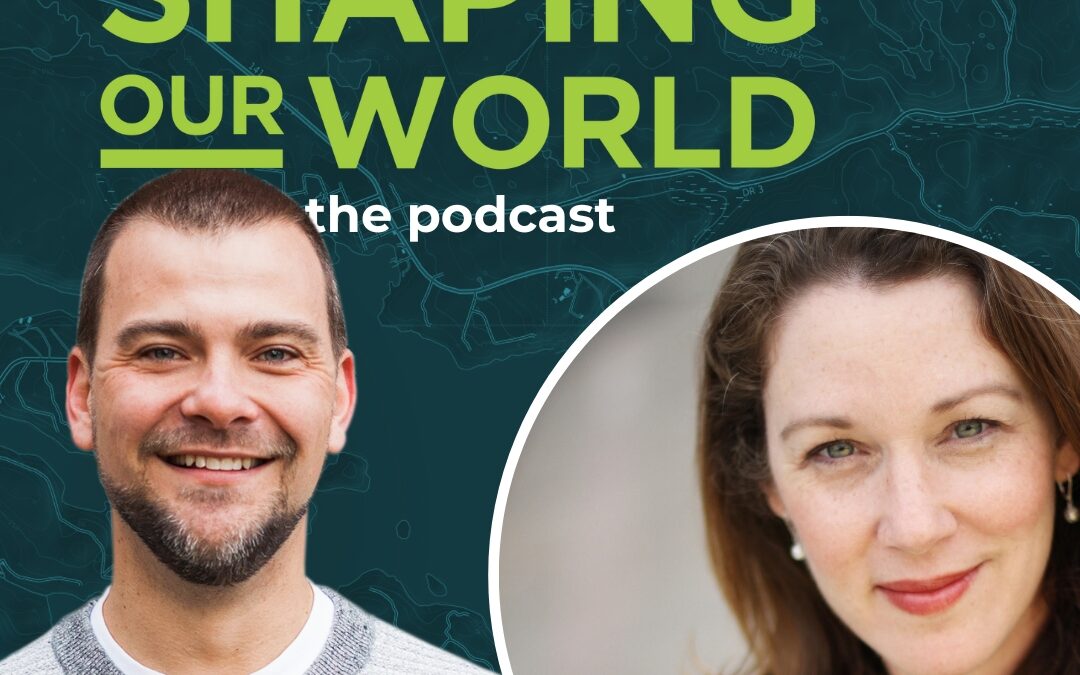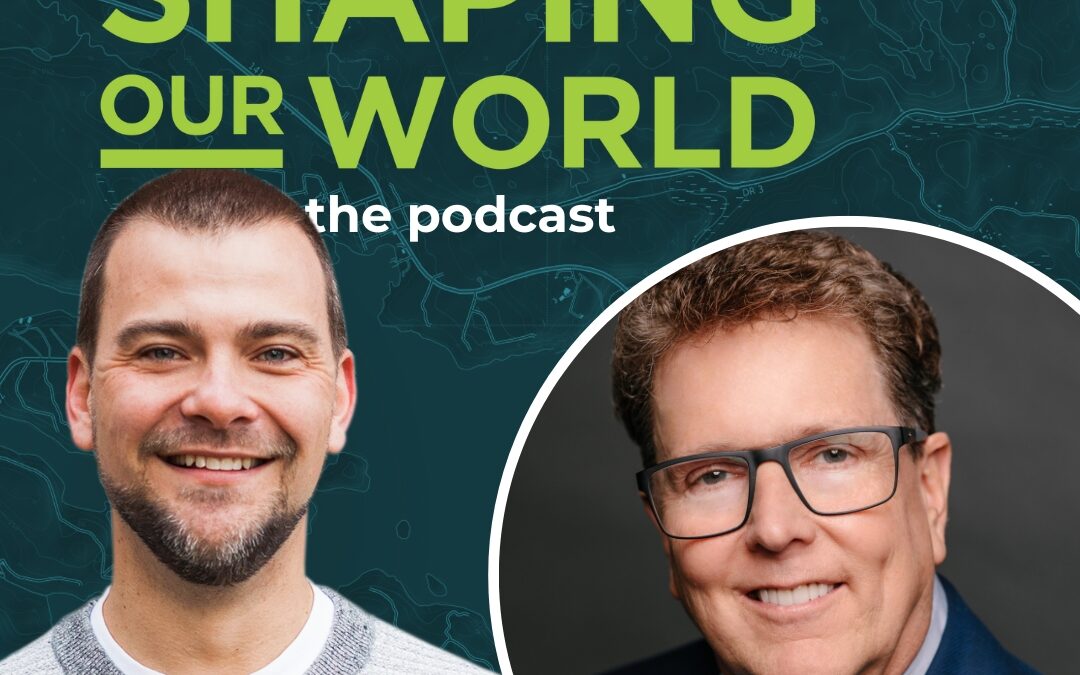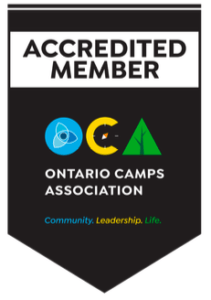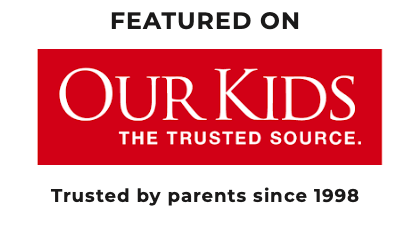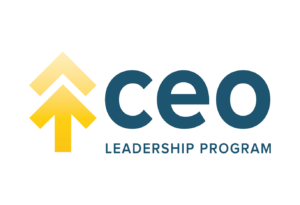[00:00:12.260] – Speaker 2
Well, hey, everyone. I’m Chris Tompkins, and welcome to the Shaping Our World podcast. My goal is to invite you into a conversation that will leave you more confident in understanding and inspiring the young people in your life. Each episode, we talk with leading experts and offer relevant resources to dive deeper into the world of our youth today. Today, I’m joined by Susan Bisaillon, CEO of Safehaven, a Toronto-based organization providing exceptional care and inclusive opportunities for children, youth, and adults with complex medical needs. Susan has more than 30 years of leadership experience across Canada’s healthcare system, from frontline nursing to hospital operations and system-wide transformation. At Safehaven, Susan and her team are not only reimagining care, but also reshaping the way communities understand inclusion through initiatives like their new board game, Where Hope Lives. The game is designed to help parents and caregivers talk with children about disability, difference, and belonging. In our conversation, we’ll explore what it takes to lead meaningful change in health care, how Safehaven is advocating for the most vulnerable members of our communities, and why inclusion should matter to all of us. Let’s dive into our conversation with Susan.
[00:01:33.080] – Speaker 2
I work at Muskoka Woods as a CEO, but my journey began in 1996 as a member of the summer staff, and it was life-changing. Working at Muskoka Woods is not just about the job. You get housing, meals, and the chance to live in one of the most beautiful places in Ontario, Lake Rosseau. More than that, you’ll be part of a community that values your development and well-being. With access to our facilities and special staff events. Ready for a career that offers so much more? Visit jobs.muskokawoods.com to learn more. Now, let’s delve into today’s conversation. Susan, welcome to the show. It’s great to have you.
[00:02:13.880] – Speaker 1
Oh, great to be here, Chris, and look forward to the discussion.
[00:02:18.100] – Speaker 2
Yeah, me too. You do some really unique work with young people, and I can’t wait to unpack that a little bit today for our listeners, and even for me as I learn more about what you do. But before we dive into that, our podcast is called Shaping Our World. We want to know what shaped your world when you were growing up.
[00:02:37.380] – Speaker 1
Wow, that’s a load of questions. I think as we sit in our worlds today, we always are looking back and looking forward. I grew up in the East Coast, so surrounded by water. Thinking of the East Coast, we just have so much richness in terms of the environments and forests and the trees. So a lot of my time was spent outdoors and being part of a larger community. So certainly that’s had a big impact in my upbringing and today.
[00:03:11.560] – Speaker 2
What’s shaping your world today? What are important things that you schedule in and prioritize today? What shapes your world today?
[00:03:20.640] – Speaker 1
Well, I think definitely I’ve been in Ontario, Central Canada for several decades and worked in the health system. And And I think as you mature and grow in your career and your perspectives, I think today I’m all about living with purpose and trying to do what’s best and appropriate to help create inclusive environments for kids, youth, and adults who are complex. And it’s a big challenge, but I think that we need more and more discussions about creating more inclusive worlds and everybody being part of society.
[00:04:01.500] – Speaker 2
So can you tell us a little bit about Safehaven before we dive into some of the details just from a high level? What is it you do today?
[00:04:09.540] – Speaker 1
So at a high level, I’m the leader for the organization as the President and CEO. Safehaven has been around for about 35 years. I think historically, when you think of kids with complexity and special needs, years ago, many of these kids were placed in institutions. And I would say over the past 30, 40 years, even a bit longer, there’s been a movement to really deinstitutionalize kids with complexities, any type of disability, and really bring them back into the community. So Safehaven started 35 years ago when this movement was happening to really create inclusive locations, access to respite care. And also for some of those kids who really did not have family, it became a place for residential care, but not in an institution setting, more in a community home setting where they were full participants with society. And I think what we’re doing now, fast forward 35 years, 36 years later, is really advancing the vision of increasing inclusiveness and having kids, no matter what their challenges are as part of everyday society.
[00:05:43.340] – Speaker 2
That’s amazing. I think many of our listeners know that that perspective and conversation is definitely growing in the world around us. Those of our listeners who are familiar with Muskoka Woods know that that’s been a real focus for us over the last at least 15 20 years to try to, how do we continue to decrease the barriers for all kids to be part of Muskoka Woods? One of our core values is accept, and it’s our first one. It says, we welcome all youth, and so we want to try to create space for that, and we’ll probably get into that more as we go. But I’m just curious to get into what led you into that because you’ve been serving for over 30 years in healthcare leadership roles from frontline nursing to overseeing operations in some of Canada’s largest hospitals. Today in your work, it’s dedicated to support children, youth, and adults with complex care needs. What drew you to this work, and why has it remained a strong calling for you?
[00:06:44.600] – Speaker 1
Well, I think when you start out early in your career, like with anything, there was a lot of excitement, I would say, for me in moving from Newfoundland into Ontario. But I also wanted to be a part of the large academic system. I thought that was exciting. I started my career in critical care. And then as you get more experience, you’re like, Okay, I’ve worked there. I’ve done that. It’s then there’s so much opportunity in terms of experiences in health care and just in terms of systems in general to work as you get different experiences. I think more and more where I was really drawn initially to acute episodic care, as I became more experienced in my journey and moved into leadership roles, I became more focused on helping more individuals with long-standing chronic illnesses. So really looking at how do we support these individuals, both seniors as well. I work a lot with seniors, people with long-standing genetic disorders or disabilities. But it really takes a village because it’s such challenging work. It’s not something where it’s an in and out. It’s something that it’s a lifelong journey of care. I’ve also had my own experience with family member with a disability.
[00:08:14.490] – Speaker 1
So I think those are the things that has shaped me to say, I need to use my skills, knowledge, and expertise to help society at large.
[00:08:24.280] – Speaker 2
A lot of the work that you do through Safehaven focuses on very practical ways to navigate these complex issues that we face in our world around us. You recently launched Where Hope Lives, which is a board game designed to help parents and kids talk about disability, difference, inclusion. The game takes players on a journey to safe haven where they encounter visibility challenges and roadblocks that reflect the lived experience of kids with complex medical needs. I love that journey to help us embrace and have empathy. Can Can you talk about where the idea from that game came from and what was the impetus of that?
[00:09:05.900] – Speaker 1
Absolutely. I think the work we’re doing and supporting families and youth and children and young adults with special needs, there’s a constant, I would say, interface and discussion and dialog about care. But also, once you get, I don’t want to say put past the care side, but we’re really trying to really focus on helping these individuals live their best life. And part of that discussion and those ideas really came from the kids who were verbal and the adults and the families who said, we really need to look at how we are more intentional purposeful in creating environments where our kids are accepted and they’re not isolated, and they’re not put in a special room, and they’re not housed in a space that’s in a green space that’s not connected. So there is a lot of, I think, societal norms and perceptions that people exist in society where there’s a lot of fear about people who have disabilities. So it really came from the people we serve to say, how can we help educate society at large and really help people break down some of these barriers? So that’s where it came from. And we tried to create something that was fun, that was really approachable.
[00:10:39.720] – Speaker 1
And really, these are tough conversations sometimes. I’ve been environments where I’ll see the parents say, don’t stare, don’t look, don’t say anything. And what are you teaching your child in that moment? And kids naturally are so curious. They just come up to our kids and, how come you’re wearing that brace on your leg? How come you’ve got this thing on your arm? Or how come your ear is down here? And it’s very natural. And I think the more we can work with families and adults to help them teach their kids how to be approachable, how to do things respectfully. We create friendships, and we create a more inclusive space for good conversations and fun to occur.
[00:11:27.720] – Speaker 2
Yeah. So the game allows the people playing to journey through that and uncover some of these difficult conversations in a fun way. You’ve also incorporated a parents guide for navigating tough conversations about disabilities and inclusion. Like you said, that’s an important part of it as adults, as we come alongside kids to learn how to navigate that. Can you tell us a little bit about the resource that comes alongside for parents and why that was important and what are some some of the key perspectives or even tips or tools that come from that resource that help parents navigate these conversations with kids?
[00:12:09.300] – Speaker 1
It’s a difficult thing. In building the game, like I said, you think about kids naturally. Kids naturally are open, they’re just curious. But we also said, How can we help the parents? How can we help the parents? In doing that, we were very intentional to set up a way to help guide conversations about inclusivity for parents or even adults or anyone, really. How do you have tough conversations and really help them understand why this is important and try to think about just some prompts because it’s not natural. If it was easy to do, we would see it happening every day. But because we’re not seeing that, it was important for us to really give it a guide. If you see somebody, just say hello. If you saw somebody on the street who is neurotypical and you passed by them, and then they looked at you and gave you eye contact, you would just say hello, or you might say, How’s your day going? I think we’re asking the same thing. How do you encourage inclusivity? Encourage your kids to wave, to say hello, help them to share a toy. Just things that you would do naturally with normal, typical kids.
[00:13:32.210] – Speaker 1
Just try to think about how you can extend that as an adult. Like I said, build on that curiosity that kids have. We’re really trying to make sure that we’re giving some language, we’re giving some tips, helping society at large really be open up to these conversations and really help us build a more inclusive society.
[00:13:59.220] – Speaker 2
As I’m listening, I’m recognizing that what we’ve just been talking about is really trying to combat the discomfort we often have when we come across children or adults with these complexities. The more comfortable we can be and helping kids with their curiosity continue to be more comfortable. As I’m listening, I’m realizing that’s one of the things we can continue to do to create much of a more inclusive world for to young people. What are some of the other barriers maybe that… I know there’s probably a lot of systemic ones. What other things can parents, caregivers with our children do to continue to create more inclusive spaces in all the places that we operate today.
[00:14:48.020] – Speaker 1
And I’m reflecting back on you, even at the camp. I think as you build your camp, as you create spaces, there’s so many structural barriers. Always think about how can somebody who potentially is in a wheelchair who is using some type of device, find that a lot of places are just not even open for our clients because they’re not physically… There’s so many barriers because people don’t build and design spaces that promote accessibility. And the other thing I would say, just in terms of existing and being and encouraging conversations. I mean, you’ll hear kids blurt out certain things. But why are you in that chair? Or how come you’re walking like that? I think, and like I said, it’s a very uncomfortable conversation for a lot of people. They’ll just say, don’t just be quiet or don’t speak, where it’s really trying to help families and individuals break down that and stay calm. Try to embrace that curiosity of your child, modeling just being very respectful, just like you would anybody else speak to them. If the parents are there and they explain, learn from them. But I think there’s a lot of fear. And I think that just being curious and open to the conversations and helping your kids, kids watch and they listen to their parents.
[00:16:28.580] – Speaker 1
So it’s really important that the role modeling on inclusivity and language and all that comes from adults to help kids grow, right?
[00:16:38.240] – Speaker 2
Yeah. I think one of the reasons in our heart on why we create a much more inclusive camp experience. And while ours is very focused in that it’s for kids that can be fully integrated into the camp and cabin experience, and like you said, we create a lot of the look at the facility and the property and all that stuff. But obviously, we do that for the guests or the kids themselves to be able to have an experience that is more typical of other kids. I think sometimes there’s not availability for kids that have these complications to be able to experience what many of their peers do. We want to do that. But we always say it’s also for the other kids in the cabin to spend time to build relationships with kids that they might not in the normal ebb and flow of their life. I think comfortability in having these conversations when you see a stranger or someone you don’t know, but how do we continue to expose our kids to kids that are different than them? That’s part of the beauty of it for them to just discover this kid’s not that much different than I am.
[00:17:52.300] – Speaker 1
I would say a lot of the education systems, I think, have done some good work in assigning kids who who have disability, depending on the school, if there’s a focus on inclusion, assigning a kid that’s in a few grades ahead to be that little partner, if they’re out on the playground and they need some help. And I think you’re seeing that, and I think that’s really important. So really encouraging the older kids to really take a bit of responsibility and making sure that that person is part of the activity. They may not be able to participate in all the same ways that most kids, but they can participate in terms of their own ability, right? And to your point, even at camp, if you have kids that are challenged because as a different conditions they have, educate the kids by having a conversation. Did you see that Joey is using a locker? What do you think about that? Have you ever seen anybody and just trying to explore with the kids. What does that look like? How do you… And even have him, and how can we help him? If that child can help, have that child then start to educate the other kids in terms of what they need and how they can be a part of that.
[00:19:15.070] – Speaker 1
So I think not veering away from those conversations, but really having that openness to say, let’s explore how we can make sure that Joey has a great week at camp. We know he’s got X, Y, and Z. We know he can’t do this, but how can we as a group come together to make sure he has a fantastic week? And you’re going to get all kinds of ideas in that, right? So I think those are some really good conversations that you can tailor depending on the age of the kid. And then for the older kids, it’s saying like, Okay, we need you to help and take a bit more of a leadership role. What does that look like? And how can you lead? Because I know most of the camps, really, they’re trying to develop leadership skills. So so develop leadership skills instead of working with some of the kids who potentially could be more marginalized because of their abilities.
[00:20:09.440] – Speaker 2
As we were talking there, I was just thinking to myself, kids now come home from camp having met someone in your example who uses a word. But then I wonder as a parent, if we asked ourselves the same question, where in my ebb and flow of my week would I be exposed to someone like that? Have we created a pretty narrow world of ours to say, I wonder… Because if we’re encouraging our kids and giving them the experience to build relationships or to have conversations, how are we doing that in our own life? It is an interesting thing.
[00:20:45.960] – Speaker 1
Well, you also are in a position in these camps. You change lives. You change lives for the kids. You help them get focused. But you also, to your point around the friendships, the The kid really embraces and develops a friendship with somebody that they never had exposure to who’s challenged either physically or emotionally. That kid, that’s going to have a lasting impact on that child. And you don’t know what it then can help later in life. It could influence their career, it could influence where they see themselves even working. I think really encouraging really embracing a difference is really important.
[00:21:34.640] – Speaker 2
Yeah, that’s great. I want to get back to just even some of the practical things you do at Safehaven. Before the game, you created 1 in 100, a seek and find storybook that highlights the 1% of children living with medical complexities. Both the game and the book that I just mentioned are creative, family fun ways to raise awareness and to have conversations. How has the response it’s been from kids, parents, communities who’ve engaged with them?
[00:22:04.420] – Speaker 1
It’s been fantastic. I think because it was done in a way that was non-threatening, it was built on the Where’s Waldo concept. If you look at the book itself, the book has all these really busy scenes. Many of the scenes there are done from the city of Toronto, different landscapes in Toronto. A very busy and fun. And it was done in a way to really help those kids who are reading the book to really understand that people who have disabilities are out there. They’re in our communities. And do you see them? Can you see me? And really building that awareness. It’s been extremely well received. Our first book order we sold out. So we just feel very blessed. And we know that we are really helping with the conversations around inclusivity in a very fun way. And the game board just keeps building on that. It just keeps building. And it’s all about discovering the power of visibility and inclusion.
[00:23:19.080] – Speaker 2
These things, like you mentioned, have really helped spark conversations and dove into difficult topics for kids, which I think is so important. You also You also mentioned your work at Safehaven focuses on the care piece as well. You really target building coordinated accessible care for children and youth with multiple complex needs. I’m just curious as what are some What are some of the biggest barriers families face in the healthcare system today, and what is Safehaven doing to address those?
[00:23:54.520] – Speaker 1
Well, I think we all are probably fully aware as Canadians about there’s a lot of fragmentation in care. There’s a lot of long waits, trying to get access to specialty care is challenging. So what we’ve really pivoted the organization to try to be a solution to help support some of the capacity challenges. And what I mean by that is really making sure that if families need support, if they need respect care if they’re really struggling, we’ve expanded our respite capacity with the support of the government. We’ve also created new programming so kids don’t need to stay in the hospital. Many of the kids that we transition from the hospital who were living there for over a decade are now living with us in the community. So we’re really trying to make sure that kids that have challenges, they don’t need to live in a hospital. And then also, how do we to support the parents? So the parents are struggling. Many of the parents, they have to work, they have other kids. So we’re really trying to make sure we provide wrap-around supports in terms of respite. We were just in the news, the Premier and the Minister of Children Community and Social Services, Minister Parsa, were here, gave us an announcement for $21 million to help advance our programming and our building to support even more community-based programming.
[00:25:33.380] – Speaker 1
So our goal is to really try and to fill some of those gaps that exist, decrease the weights, and make sure that kids don’t need to be in a hospital if they don’t need to. Let’s do it in a community.
[00:25:47.060] – Speaker 2
How do you stay on top of the families that do need help that only you can provide? How do families find out more about Safehaven when they’re navigating medical challenges in and out hospitals?
[00:26:03.280] – Speaker 1
I would say there’s multiple ways. We have certainly we have a whole professional team, social workers, nurses, just health care workers. People access us through our website. There is ways for people to come in for respite care, or if they even have an emergency where they need support, there’s ways to access us that way. I think we’re also pretty connected with our partners. So we have partners like Sick Kids and Holland Bloorview, even our community hospitals like North York General, Unity Health. And we also have clients that come to us from at McDonald’s or down around the Hamilton, I agree, area, and Durham Region. So there is an awareness because we’ve been around for 36 years. There’s awareness, and I would say there’s a lot of health care professionals then when they see somebody who’s struggling. If those individuals don’t know how to to access us, they actually reach out to us and say, listen, we have this family, this child that needs some extra support. So I think there’s an awareness within the system, but there’s always opportunities for doing more education and awareness. So that’s why I think with the games, you talked about our video, the book, we’re constantly trying to increase the marketing and communication so people are aware that this service exists.
[00:27:30.000] – Speaker 2
I know you’ve beyond the technical stuff you just talked about, you yourself have also been a leader in a lot of the healthcare stuff we’ve talked about, infection prevention, patient flow, quality of improvement in hospital settings. For you personally, How do you balance the technical side of healthcare leadership with that human side to ensure compassion and dignity are never lost? Because that’s a tense thing to navigate because there’s some real practical infrastructure things that can help, but then you also want to serve a lot of people, but then also care for the individual. How do you balance that yourself?
[00:28:08.320] – Speaker 1
Well, I think for me, it’s hard to talk about one without doing it together because it’s so integrated. Because I think the kids we deal with, I would say almost all the kids have some type of technology that helps support their ability to function and live in society. But also what we try to really be focus on is the quality and the compassion and the care is critical. So making sure that, yes, we’re caring for an individual who may be on a ventilator to help them breathe, or they can’t swallow. So they’re on different types of technologies for feeding. But really that human side of it, that it’s all looking at it as a holistic approach to their care. Also, being very, I would say, focused on the individual. Each individual, we look at them very carefully, like what is Joey or Belody, really looking at them individually, what they need from a technology, what to need from a care. I would say then our goal is then also to take it a step further so that we don’t want the focus just on the machines. We want to focus on these individuals and who they are as persons and individuals and say, okay, yeah, they need to participate in this same social function or party of whatever is happening around influencing their quality of life.
[00:29:42.420] – Speaker 1
But we really want to make sure that it’s beyond just taking care of somebody on a machine, working, caring, and really integrating them into society.
[00:29:53.260] – Speaker 2
Yeah, that’s really good. When we started, you were talking about the mission of Safehaven and just moving this conversation and the care that you’re giving from the periphery or an afterthought to the center and making it a priority, not just for the work you do, but across the board and making this much more inclusive environment for people and from the care perspective to just regular life. I’m wondering if you can share any mindset shifts innovations that you think will continue to shape the future of care for the next generation of families and kids that you serve. Is there something that gives you hope about where health care or specifically the care for vulnerable populations is headed?
[00:30:45.680] – Speaker 1
Yeah, I think you think of many of the kids we care for. Thirty years ago, many of these kids, like Safehaven started as a children’s organization, and that was intentional. And it was like a home for life. But the home for life never really thought these kids would make it to 18. So I think now, and to your point about fast forward to 2025, we live in a society and a community where we have access to world-class medicine. So we have some of the best hospitals in the world for children’s care and adults care, and these kids are living longer. So what that means is that innovation as it relates to what is the type of care they need, where do they need that care, and how can we enable them to live the best life possible, recognizing that they’re outliving all the stats, because the stats said they would only make it to 10, or they would make it to two. And now they’re living to 27. So I think with that innovation in terms of medical, there has to be a continuous response in terms of how then we build out models and programs of care so that they live full lives into adulthood.
[00:32:19.860] – Speaker 1
So I think that’s where my focus is, is really trying to make sure that we’re client and family-focused, making sure that we’re really trying to integrate great, very siloed systems that support these individuals so they don’t get lost. And looking at things like, if you have a young 27-year-old and he wants to be independent, how do we help that young 27-year-old live in an apartment? Can we get him an affordable housing unit? So we’re embracing this idea of how do we work with government, change policy, work with parents, and really build out all the possibilities around creating a very inclusive environment for these individuals.
[00:33:06.780] – Speaker 2
I want to wrap up, focusing a little more on the families and our own kids. I wonder, just to start, what have you learned from the kids and families that you serve at Safehaven about resilience, strength, what true inclusion has really looked like? I don’t know if maybe there’s a story or just general things that have really inspired you to keep you moving forward in the work you’re doing.
[00:33:32.960] – Speaker 1
Well, I think it all starts with a conversation, just like I talked to you earlier about conversations around the campfire with your kids, no matter what the age, really exploring what do you think about this? How can we support this individual differently? Anything that’s going to lead to something that’s worthwhile and meaningful and in creating inclusivity starts with conversations. So we’re talking about differences. We’re talking about different perspectives depending on your own functionality. We’re talking about with families and what will help you. How can we help you build your resilience? How can we partner with the Muskoka Woods to ensure that some of our kids are there and give the parents the rest we need? So I think we need to be very intentional, purposeful in terms of just how we speak, how we talk. And I think our book and our game board is really a nice way to start some of these small steps to creating an understanding and building kindness and respect.
[00:34:48.020] – Speaker 2
Jump off of that, if we have parents listening that want to foster more empathy and understanding in their own kids, what are some small steps they could take as they’re listening, even today? Maybe you can share where we can get the game or the book, and then if there’s any other things you could point them in the right direction to.
[00:35:08.520] – Speaker 1
I think as adults and parents, modelling the way, modelling the values that you have internally and that you want to see in your kids. How do you want to create kids, teens and adults that are empathetic, that are compassionate? My suggestion would be to parents to Model the values that you want to see. Make sure that your kids learn from you, that they don’t develop the fear, and then they repeat in their kids, don’t look, don’t speak, whatever. But if there are questions that came up, if your kids are curious, embrace that. Show empathy and respect in your daily conversations. Our kids will carry those lessons into their lives. So I think that would be my message for parents is to really think about how you model how you interact, and really try to avoid statements or conversations that actually perpetuate fear and seeing kids with disability or challenges as other and really bring it all together. So that would be my ideas on how to really start to advance your own in personal perspective and how you teach your kids.
[00:36:37.560] – Speaker 2
Yeah. So encouraging. Well, thank you so much for all that you’re doing. And we were saying before we recorded, I was just so inspired when we were doing our research and getting to know you and your organization a bit more. Just the work that you’re doing is literally changing people’s lives in some of their most difficult moments and their challenges of their journey. Thank you so much for all you’re doing and for sharing today. I think there were so many things that making notes of and jotting down to continue to have conversations with the kids in our world about what does it look like to have more empathy and change our perspective on being so narrow-minded about the world that we live in and trying to be more inclusive and creating more space for others that are different than us, I think is really, really important. Thank you for your encouraging words and spending time with us today.
[00:37:33.540] – Speaker 1
Well, thank you, Chris, for doing this important work. You’re learning, you’re educating, but you’re really sharing these important messages with a broader audience. I want to congratulate you as well and Muskoka Woods on your work.
[00:37:54.920] – Speaker 2
Well, that’s a wrap for today’s episode. If hearing from Susan Bisaillon challenged you to think differently about leadership, inclusion, and creative supporting communities for young people with complex medical needs, head over to Muskokawoods.com. There you’ll find a blog post with key takeaways from this conversation and a link to listen again. You can also learn more about Safehaven’s work and purchase Where Hope Lives by visiting safehaven.to. Don’t forget to subscribe to Shaping Our World and share this podcast with a parent, educator, or leader who’s passionate about making the world more inclusive for the next generation. Thanks for listening, and we’ll see you next time.
